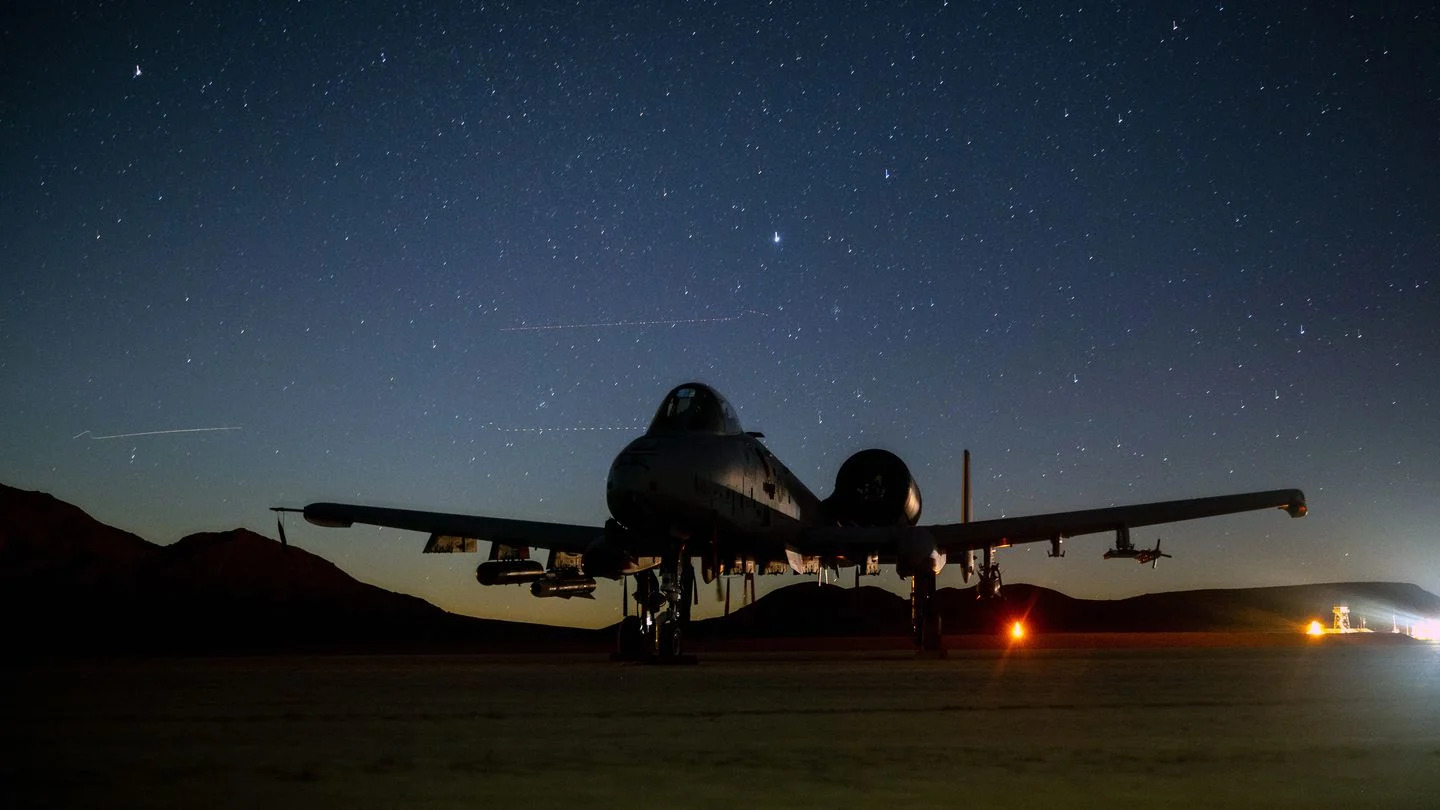
Airman 1st Class Josey Blades
After years of obstruction, Congress is finally approving the Air Force’s plan to retire the A-10 Thunderbolt. This is the right call, as the A-10 is no longer suited to America’s geostrategic needs. However, we should not simply dispose of this venerable plane; in the hands of our international partners, it can continue advancing the national interest.
The U.S. government created the A-10 in the 1970s to provide close-air support to American ground troops. At the time it was an effective counterweight to the threat of Soviet tanks, and in the decades since it has served the military faithfully.
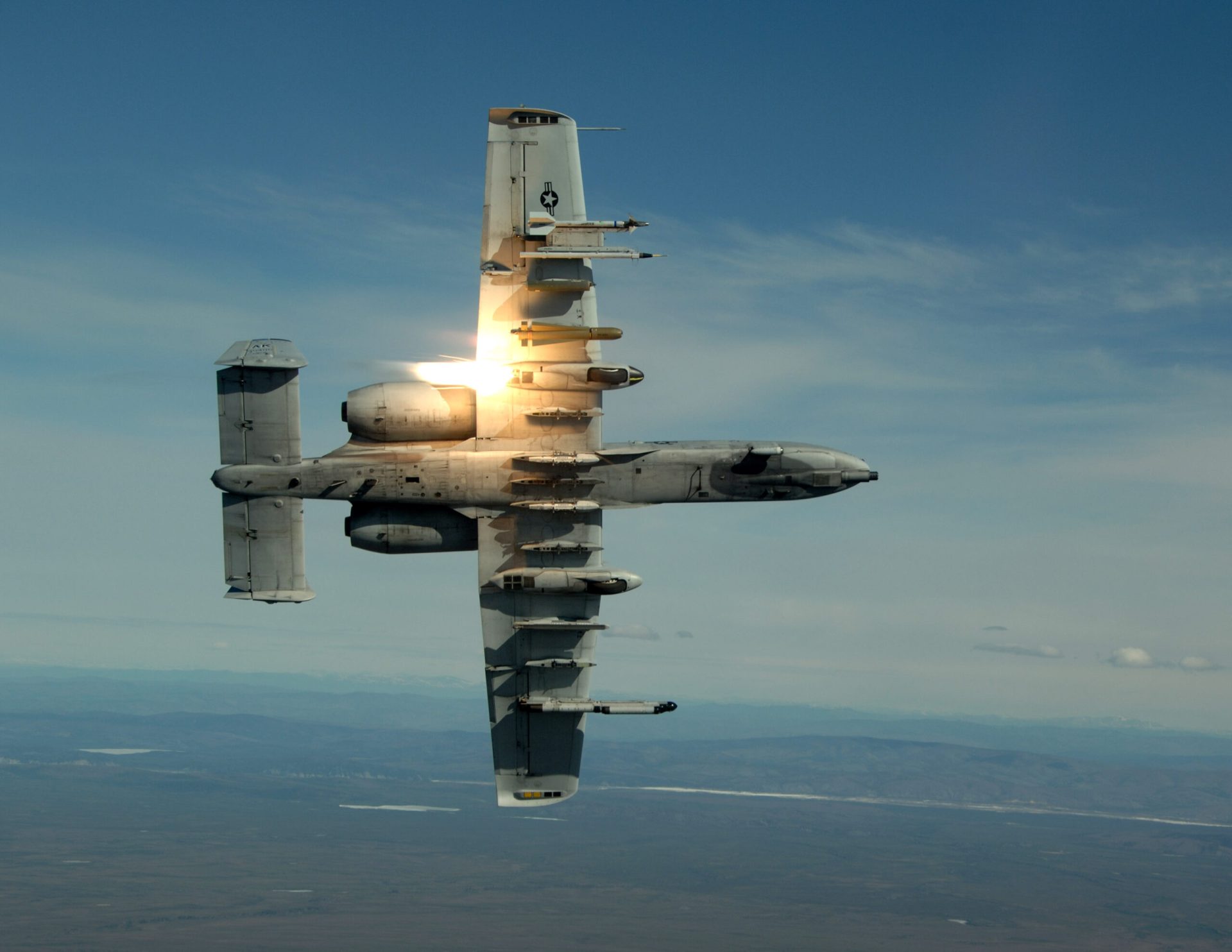
The A-10 proved especially useful in the Gulf War, when it flew 8,100 sorties and destroyed thousands of Soviet-era combat vehicles and equipment. Later, it helped the U.S. destroy hardened enemy positions in the war on terrorism.
But major military operations in the Middle East have ceased. Today, our greatest adversary is communist China, whose tanks and emplacements are much more advanced than those used by the Soviets or Islamic terrorists.
To prepare to counter Beijing in a future conflict, we must make the best possible use of our limited hangar space and procurement dollars. To do that, we must retire the A-10, as senior military leaders have called for. This will make room for aircraft like the F-35 Lightning II, and free funds for the development and construction of next-generation missiles and missile defense systems, which will be invaluable in any future Indo-Pacific conflict, whether that’s in Taiwan, the South China Sea or the Korean Peninsula.
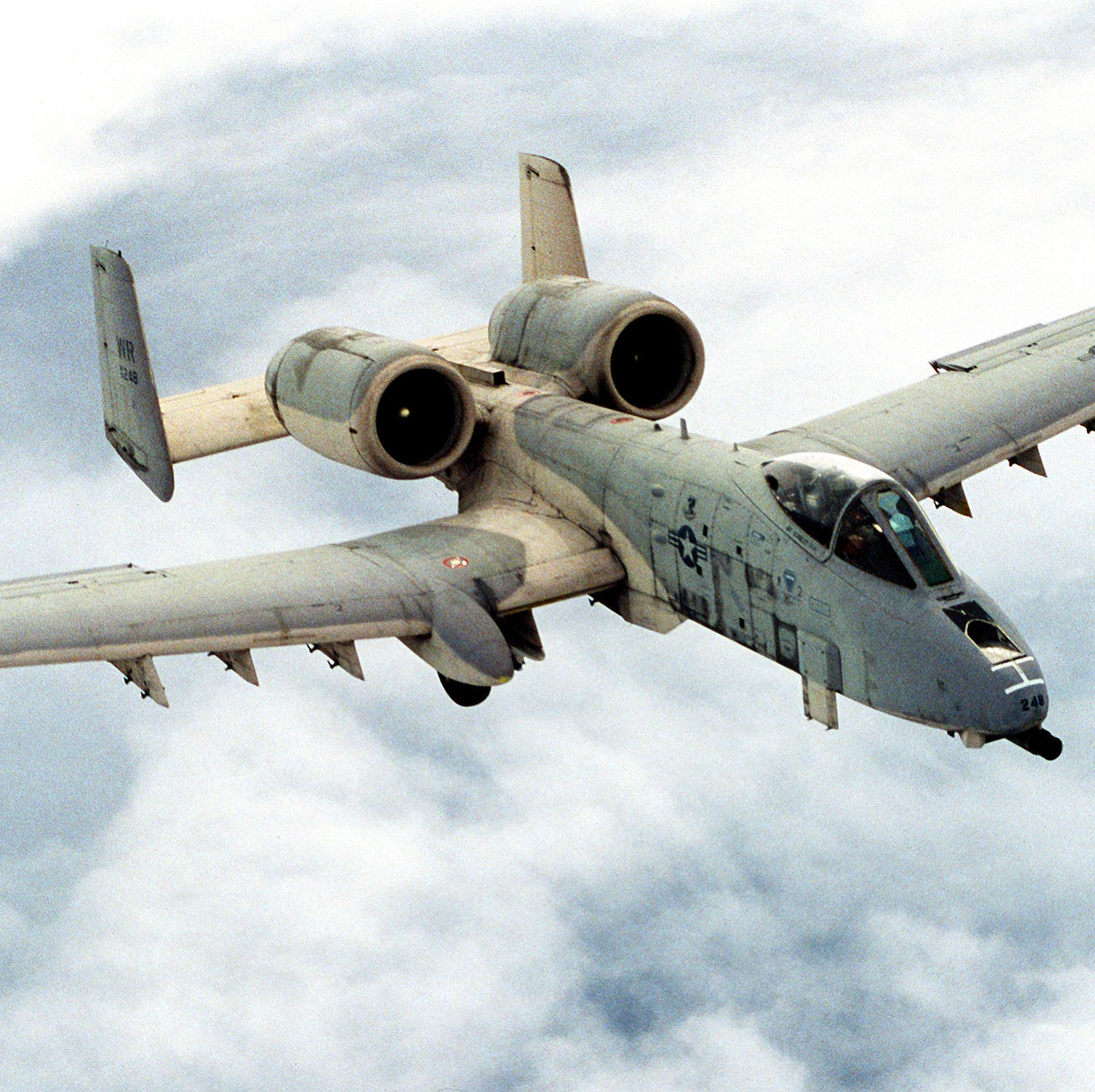
However, the A-10 can still do a lot of good if transferred to allies and partners in need of it. The most obvious example is Ukraine, which is preparing to mount a counteroffensive against Soviet-era tanks and entrenched Russian positions.
At the recent G7 summit, President Joe Biden stated he supports training Ukrainian forces to operate F-16 Fighting Falcons, a critical first step to allies providing the planes to Ukraine. But there is good reason to wonder if an air-to-air fighter makes the most sense. Ukraine’s defense intelligence chief, for one, believes Ukraine would fare better with A-10s. Moreover, F-16s require 6,000 feet of tarmac — increasingly rare in bombed-out Ukraine — to take off and land, while A-10s only require 4,000 feet of dirt runway.

Beyond Ukraine, potential beneficiaries of an A-10 transfer program include African countries in the Sahel fighting ISIS and Boko Haram, or even Latin American nations combating paramilitary rebels and drug cartels in the jungle.
Such a program would be neither unprecedented nor unusual. The U.S. manufactures and sells vehicles and platforms the U.S. military no longer uses on a semi-regular basis. For instance, production of the A-29 Super Tucano employs hundreds of Floridians in Jacksonville and supports counterterrorism operations in Africa and Colombia.
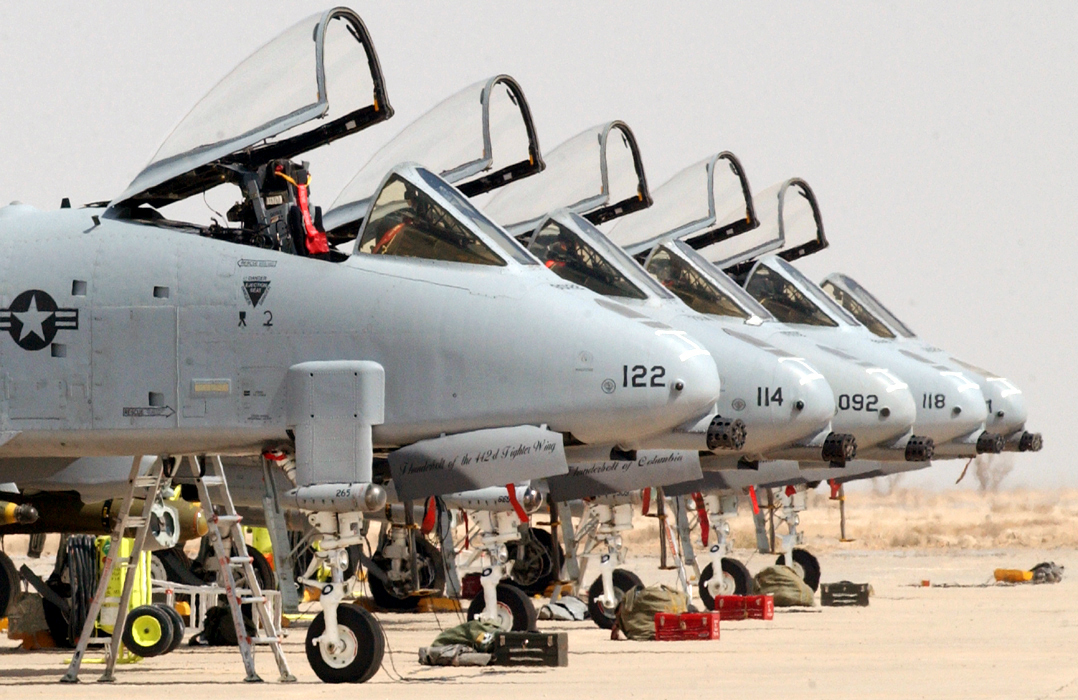
Simply put, phasing out the A-10 by transferring it to allies and partners is the smart thing to do. Not only would it help America adapt to the challenges of the 21st century, it would also help our friends confront their own challenges without deep U.S. intervention. That’s 𝓀𝒾𝓁𝓁ing two birds with one stone — the best kind of public policy.
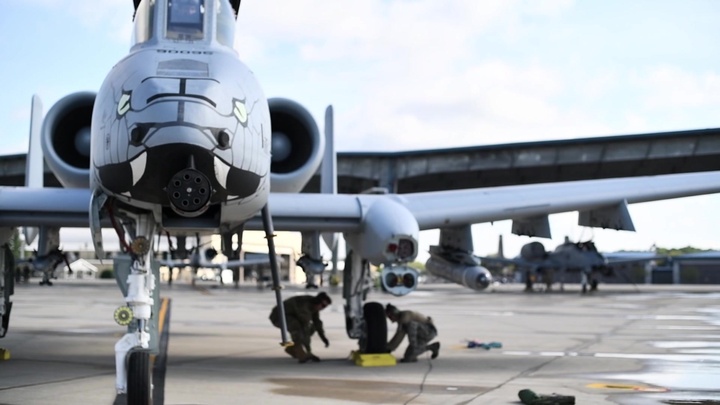
Soucre: news.yahoo.com





